
Science Photos
Science Photography
Science photos are forms of data that can reveal hidden worlds and extend the potential of human observation.
Learning Objective: Describe different ways photographs have been, and are currently used, in science.
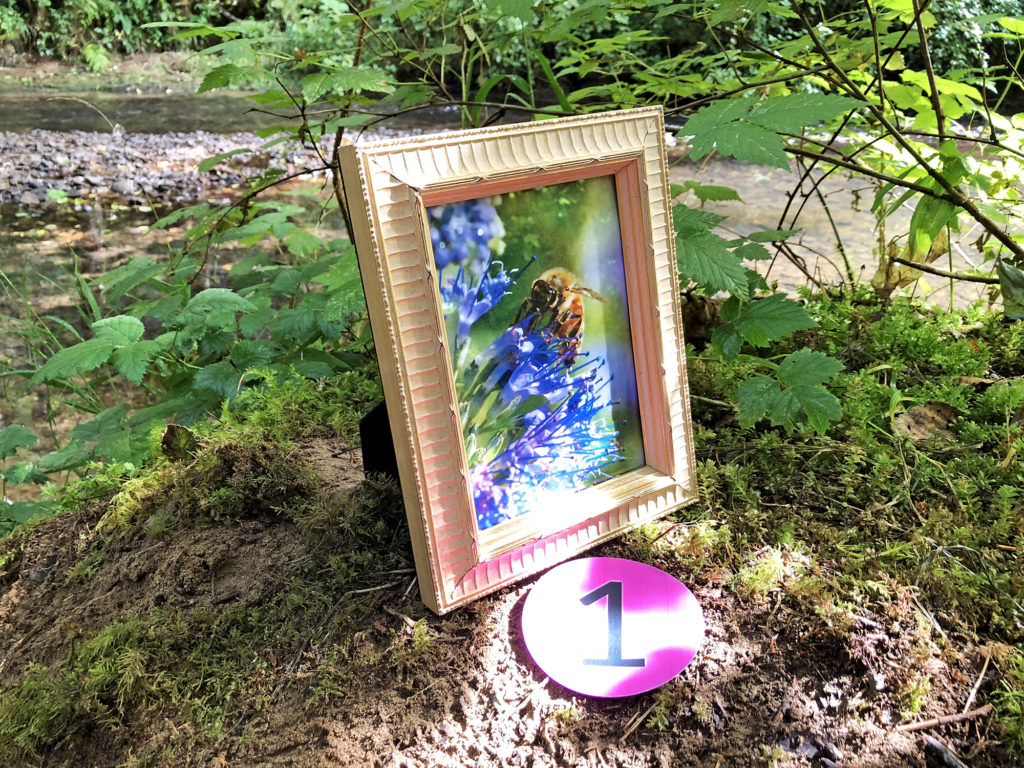
In this guide’s media piece, you will be collecting photographic data about a population.
Start Your 3C Media Assignment here
In this media assignment you are taking photos as a form of data to go along with the written information in media piece 3B.
You are collecting data to answer:
-
What is the population size?
-
How is the population distributed?
-
Is there evidence of interactions within the population and/or interactions of the population with other species?
Capture data on the population with photos to address these three research questions, using different perspectives: first impression, ground view, eye-level view, overhead view (if applicable), and final impression.
These photos will tell the story of your experience at your research location and answer the research questions.
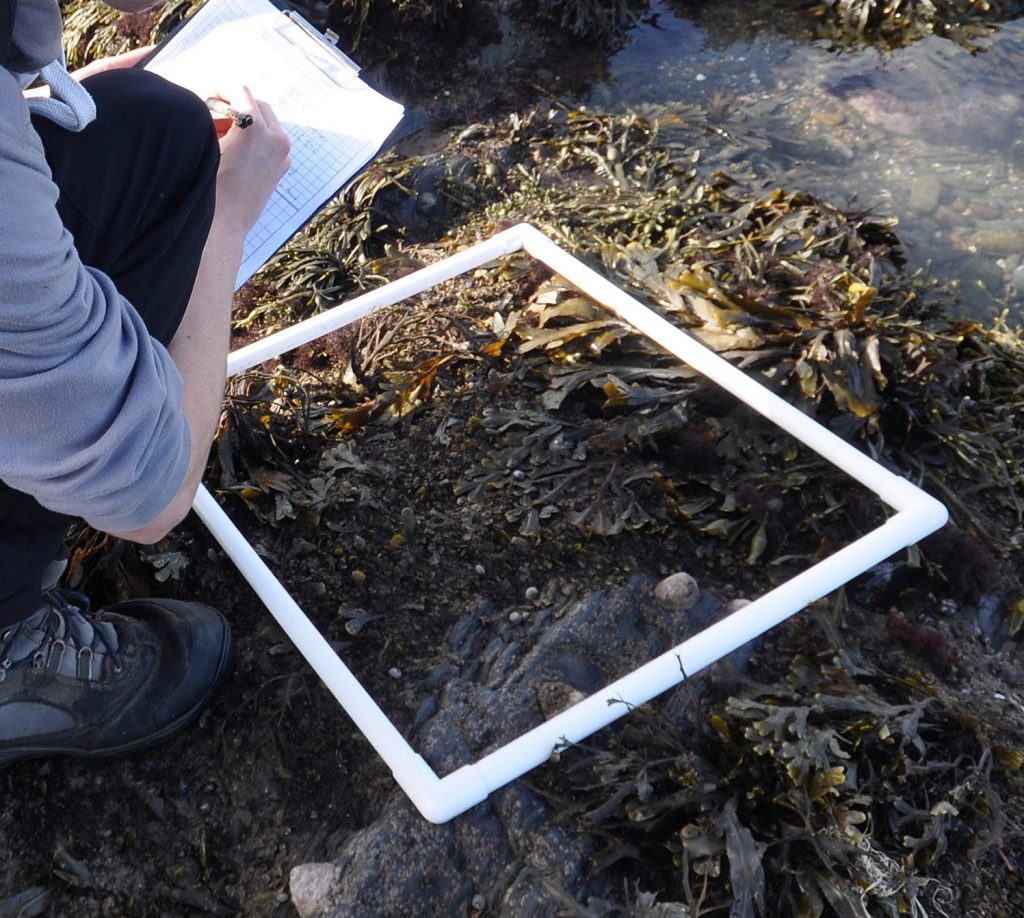
Upload to Canvas photos that address the three research questions (population size, population distribution, population interactions). Take these photos from different perspectives that give a sense of:
-
first impression (could be a panorama or wide shot)
-
ground-level view (may need to get on the ground to take photo)
-
eye-level view (standing or chair height)
-
overhead view (gives an idea of weather or cover)
-
and final overall impression (could be a favorite photo)
Stay safe, travel with others if possible, and minimize impact to organisms and their environments.
People often ask us why we picked science. Study sites like this one are part of the reason. This section introduces science photography.
Watch this video; you can select the closed captioning “cc” option if you would like to see the text.
These are Juga snails that were part of a research project looking at the impact of clear cutting (complete removal of trees) on stream organisms.
Snails were photographed to determine approximate sizes at different time in a growing season to determine growth rates.
Photography is now used extensively in science to extend observational range.
Photography History
Microscope Photography
Since science is based on observation and organism structures can be quite small, magnification has been key in understanding biological phenomena
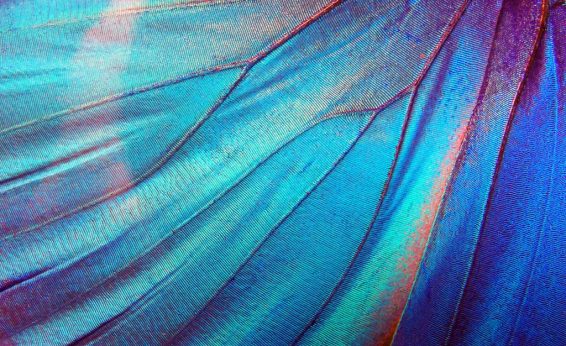
Light (optical) microscope
Up to 2000x, the most commonly used microscope.
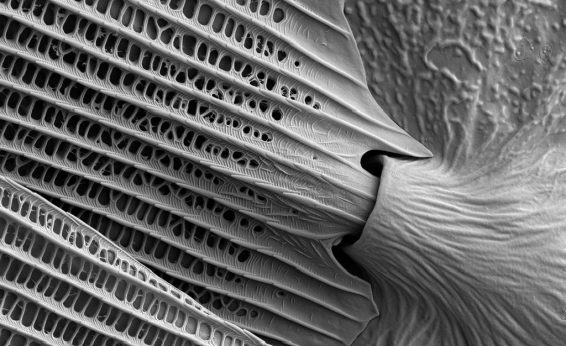
Electron microscope
Up to 10,000,000x magnification.
Special Microscopic Imagery
In addition to enhanced magnification, special techniques can illuminate features that would otherwise be undetected by the human eye.
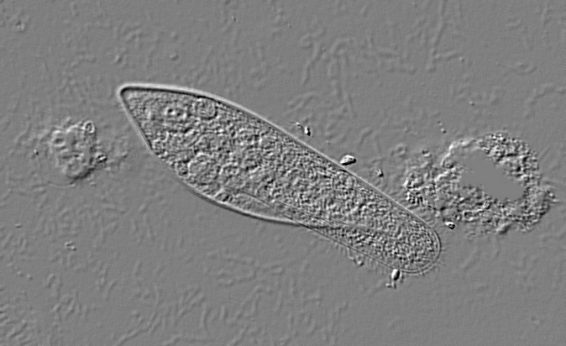
Live-cell imaging
Repeated images are captured to watch cellular activities
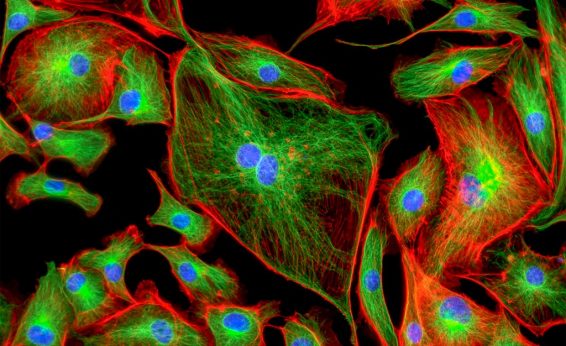
Fluorescence
Special lights and filters expand the range of light used to illuminate details.
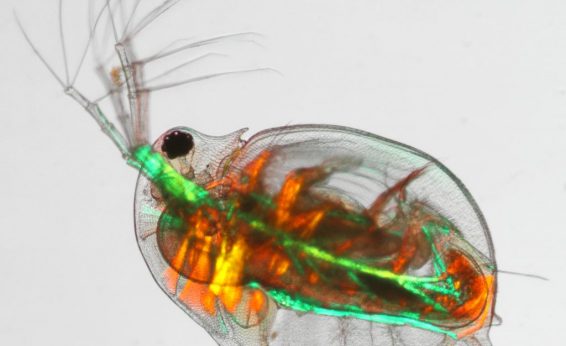
Polarization
Different light wavelengths are used to reveal otherwise unseen details.
Telescope Photographs
Observatories and space-based telescopes have extended photographs beyond the visible spectrum.
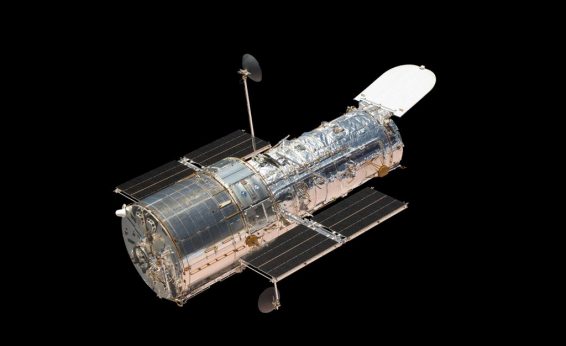
The Hubble Telescope
Super-optics: visible and some UV
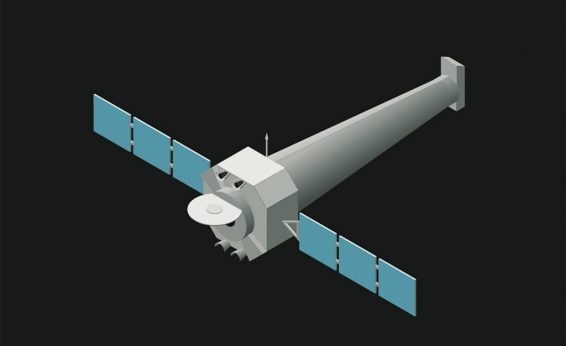
The Chandra Observatory
X-ray optics: x-ray astronomy
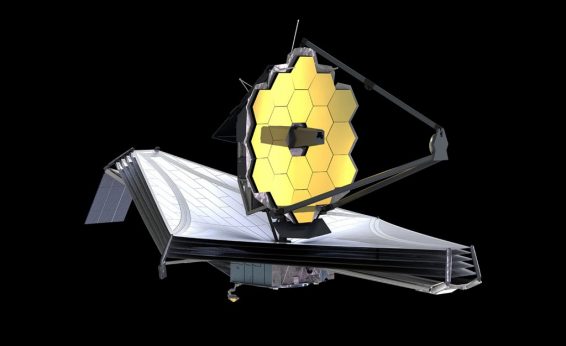
The Webb and Spitzer Telescopes
Infrared radiation
Are you producing excellent science photos?
These awards celebrate high quality photographs.
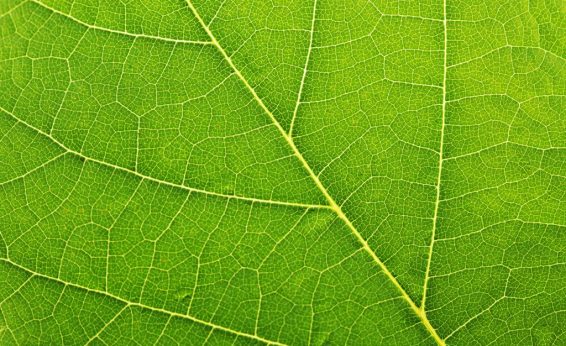
NSF's International Science and Engineering Visualization Challenge
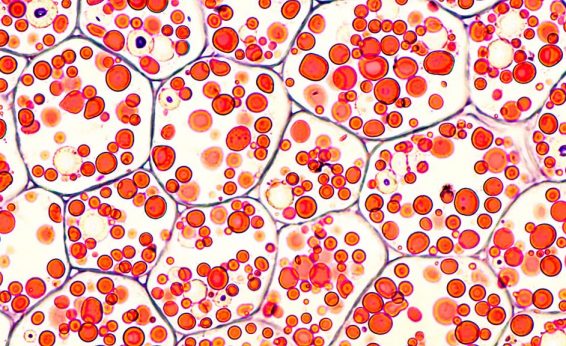
Nikon's Small World
Learn more about taking effective science photos in the next section.










